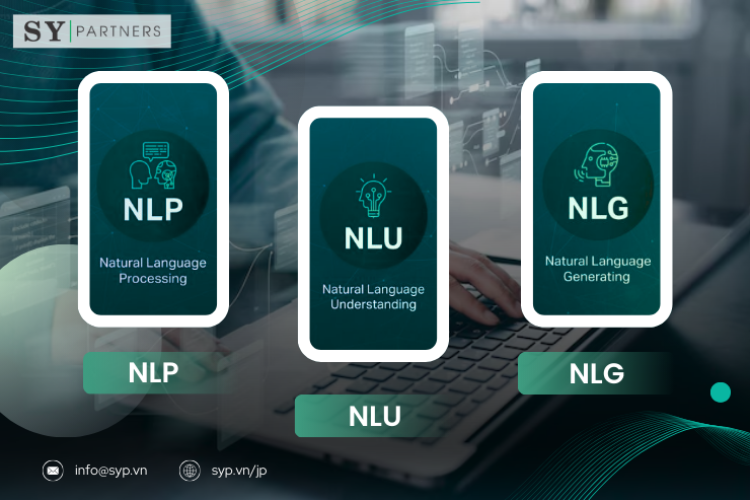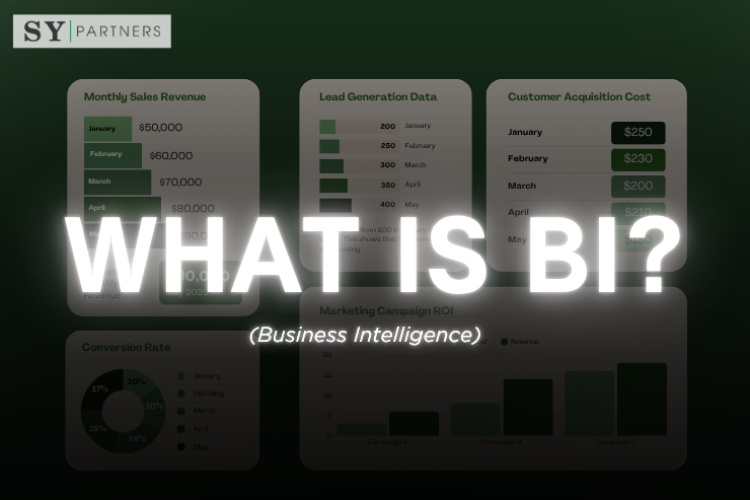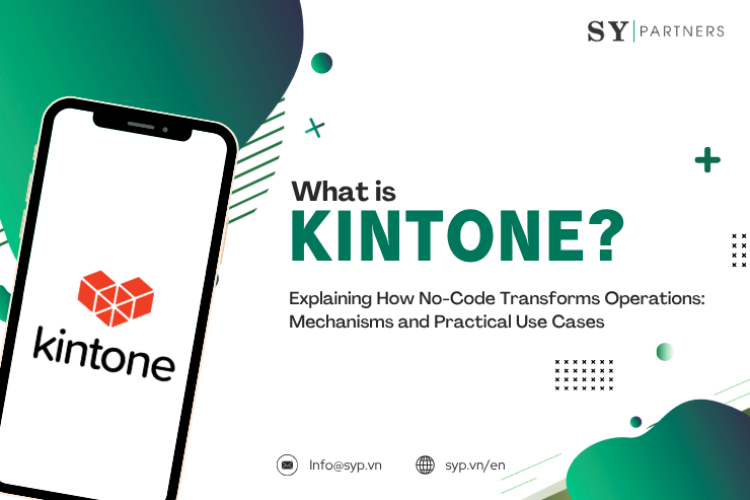Grok and Claude: Comparison of Business-Oriented AI Tools in Global and Japanese Markets
AI tools are indispensable for improving operational efficiency, enabling data-driven decision-making, and strengthening market competitiveness. For companies that require rapid responses in global markets and highly accurate communication in Japanese business contexts, selecting the right AI tool carries strategic significance.
This article compares xAI’s Grok and Anthropic’s Claude, explaining each tool’s characteristics, business use cases, and pricing structures. It provides new perspectives tailored to global and Japanese market needs and aims to help companies choose the most suitable tool.
1. What is Grok
Grok is an AI model developed by xAI; the latest version is Grok 4, released in July 2025. It has strengths in accessing real-time information (especially via the X platform) and in scientific reasoning and humorous dialogue. In global markets it is attracting attention for social media analysis and rapid decision-making; in Japan it is notable for technical innovation and entertainment use cases.
2. What is Claude
Claude is an AI model developed by Anthropic, characterized by a design that emphasizes ethical and safe responses. It is well suited for long-form content generation and complex reasoning, and it excels in tasks that require reliable outputs. In global markets it is strong in compliance and academic research; in Japan it is suitable for formal document creation.
3. Six differences between Grok and Claude
| Item | Grok | Claude |
|---|---|---|
| Information access | Real-time search integrated with X | Analysis/interpretation focused on static data |
| Dialogue style | Casual, humorous | Logical, formal |
| Automation & business integration | API-centric, aimed at SNS/analysis | Integrations with Slack/Notion etc., optimized for business |
| Creative output | Lively tone that performs well on social media | Strong for technical documents and business documents |
| Enterprise readiness | Management functions limited (only X account integration) | SSO support, SOC 2 compliance for enterprise adoption |
| Japanese support | Focus on casual expressions | Polite and natural style, high accuracy for long texts |
3.1. Real-time information access and accuracy
Grok leverages integration with the X platform (formerly Twitter) to gain immediate access to trends and public sentiment. This enables quick detection of SNS campaign reactions and signs of reputational issues, making it suitable for applications that require immediate countermeasures.
Claude, following updates since 2024, has also incorporated web search capabilities for retrieving real-time information. However, its strength remains “deep analysis” and “systematic interpretation.”
Based on vast historical training data, Claude provides structured and consistent answers; it shines in business scenarios requiring reliability and accuracy—such as long-term market trend analysis and report creation—rather than in situations demanding instant timeliness.
3.2. Dialogue style and user engagement
Grok reflects aspects of Elon Musk’s sensibility with humorous and frank replies, and it is adept at language aligned with memes and SNS culture. It has high affinity for SNS management and for engaging lighter user segments.
Claude consistently adopts a polite, logical style. It is suitable for educational institutions, finance, B2B areas—situations where accuracy and trustworthiness are required.
3.3. Workflow automation and flexibility of business integration
Grok excels at external integrations via its API, enabling automated posting on X, SNS trend analysis, and simple report generation—fit for fast marketing responses. However, native integrations with common business tools such as Slack or Notion are limited.
Claude has advanced integrations with major collaboration tools like Slack, Notion, and Zoom, enabling use cases such as project management, team assistance, and constructing workflows closely tied to daily operations.
3.4. Direction of creative output
Grok, in addition to X integration, is strong at auto-generating catchy copy and meme-like expressions. It is suitable for creating content with viral potential in SNS marketing and entertainment fields.
Claude is adept at generating “structured documents” such as technical documentation, white papers, and draft contracts. It is better suited to tasks where accuracy and systematization are prioritized over pure creativity.
3.5. Security and enterprise support
Claude supports enterprise requirements—SOC 2 Type II compliance, SAML / OIDC integration, encryption and retention controls for conversation data—making it adoptable by large enterprises and financial institutions with strict security requirements.
Grok is closely integrated with X accounts, and enterprise management features (SAML integration, user management, audit logging, etc.) are limited. Flexible controls for security remain an area for future improvement.
3.6. Japanese support: style and accuracy
Grok is good at casual Japanese, but in long-form content or highly specialized topics there can be meaning drift or grammatical irregularities.
Claude has placed emphasis on Japanese structural understanding and tends to produce a natural, polite style. This makes it suitable for business documents and educational use in Japanese.
4. Grok — Advantages and Disadvantages
Grok is a generative AI built on the X (formerly Twitter) platform that emphasizes real-time capability and user experience. It is characterized by a humorous style and strong access to up-to-the-minute information, but it has constraints for corporate use.
Advantages
- Real-time information: Access to the latest trends and high-timeliness data via X. Useful for businesspeople who need to quickly grasp political, economic, and tech market movements.
- Engaging dialogue: A distinctive, humorous response style increases user engagement; well suited for branding and SNS content creation.
- API flexibility: External integrations enable applications in SNS operations, real-time customer support, and data analysis.
Disadvantages
- Enterprise limitations: Enterprise-grade features for information security and data governance are limited, making it unsuitable for industries with stringent requirements such as finance or healthcare.
- Data dependence: Information sources are concentrated on the X platform, and integration with other reliable external databases is limited.
Grok is an attractive choice for individuals and small-to-medium businesses that prioritize real-time responsiveness and a lively user experience, but caution is advised for large enterprises.
5. Claude — Advantages and Disadvantages
Claude emphasizes security and consistency, and is suitable for tasks that require precision—such as legal, educational, and development support. It is designed to meet high enterprise needs.
Advantages
- Compliance-ready: SOC 2 compliance and an environment that allows companies emphasizing information management and security to adopt it with confidence.
- Structured output: Capable of producing highly consistent and well-structured outputs for long-form documents such as reports, papers, and manuals—enabling efficient generation of high-quality deliverables.
- Collaboration: Integrates well with team tools like Slack, improving information sharing and collaborative work efficiency within business operations.
Disadvantages
- Lack of real-time responsiveness: Integration with external searches and reflection of the latest news are limited; it is somewhat less capable in scenarios requiring immediate timeliness.
- Cost: Full-featured use may require higher-tier plans, which can create adoption hurdles for SMEs or users with constrained budgets.
Claude is an excellent option for high-reliability, long-form, and security-focused tasks, but be mindful in use cases that prioritize immediacy or are highly cost-sensitive.
6. Four business uses for Grok
6.1. Social media analysis
Grok can retrieve post data from X in real time and instantly grasp brand mentions and customer reactions. For example, a Japanese retailer analyzed customer posts just after a sale launch and used the insights to optimize ad copy and pricing.
6.2. Trend-driven content generation
Grok can quickly create SNS posts and blog articles that reflect topical keywords and social topics. Global marketing teams use it to instantly mirror regional trends and increase user interest.
6.3. Market insight delivery
Grok’s real-time analysis capabilities allow rapid understanding of competitor brands and emerging market trends. Startups use it to judge timing for fundraising or product announcements, aiding fast strategic decisions.
6.4. Brand monitoring and crisis management
Grok can detect reputational movements in real time, such as spikes in negative keywords or escalation risks. For example, a Japanese restaurant chain used it to quickly capture negative SNS feedback and immediately reflect that in PR responses and service improvements.
7. Four business uses for Claude
7.1. Technical documentation and operations manuals
Claude can output accurate, readable manuals, API specifications, and FAQs in a consistent structure. For example, Japanese manufacturers automate creation of product-specific operation manuals, standardizing document quality.
7.2. Compliance document creation
In corporate legal and internal control departments, Claude is used to draft documents compliant with laws such as APPI and GDPR. Japanese financial institutions use it to efficiently draft internal policies and external explanatory materials for audits.
7.3. Documentation of team operations
With Slack integration, Claude can automatically convert team interactions into structured minutes and reports. Global development teams use it to standardize progress reporting and shared knowledge, reducing information gaps among members.
7.4. Long-form summarization and research support
Claude excels at logically and concisely summarizing long materials and academic texts, making it popular with researchers and analysts. Japanese educational institutions adopt Claude for organizing paper keypoints and editing research notes, reducing work time.
8. Pricing
8.1 Grok Pricing
| Plan | Price | Key Features | Use Cases |
|---|---|---|---|
| Free Plan | Free | ・10 prompts every 2 hours ・3 image analyses, 4 image generations ・Basic access to Grok 3 (text only) ・Includes ads | Trial usage, personal testing, small-scale use |
| X Premium | $8/month or $84/year | ・Relaxed message limits (details undisclosed) ・Enhanced X features (post editing, priority ranking) ・Reduced ads | Individuals, small teams |
| X Premium+ | $40/month or $395/year (effective February 2025) | ・100 prompts every 2 hours ・25 image analyses, 100 image generations ・Priority access to Think Mode and DeepSearch ・No ads, full access to all X features | Medium-sized businesses, frequent power users |
The Grok pricing tiers range from entry-level free access to high-volume, professional-grade usage. While the Free Plan is limited to core functions, X Premium+ offers significantly expanded prompt and image generation limits, removes advertisements, and is tailored for business-critical and professional use cases.
8.2 Claude Pricing
| Plan | Monthly Price (U.S.) | Usage / Key Features |
|---|---|---|
| Free | $0 | Basic access, daily cap (approx. 20–30 requests) |
| Pro | $20/month ($17/month billed annually) | 5× Free tier (approx. 45 requests per 5 hours), access to latest models, Projects |
| Max (5×) | $100 | 5× Pro usage, Claude Code, priority access |
| Max (20×) | $200 | 20× Pro usage, full Max features, top-tier support |
| Team | $30/user ($25 annual) | User management, collaboration, team sharing |
| Enterprise | Contact Sales | SSO, advanced security, audit support |
| API | Pay-as-you-go (token-based) | Flexible usage for development (tokens + retrieval costs) |
Claude’s pricing structure is highly scalable, ranging from Free plans for individual exploration to Enterprise-grade packages with advanced compliance and security features. API access allows seamless integration with existing business tools.
Summary
Grok and Claude both serve distinct purposes and cater to different business needs.
- Grok excels in real-time information retrieval and casual interaction, making it highly effective for social media analysis, market monitoring, and rapid decision-making.
- Claude is optimized for structured outputs, compliance, and collaborative workflows, performing strongly in technical writing, legal drafting, and enterprise operations.
When adopting either solution, organizations should consider business goals, security requirements, and integration potential to maximize ROI and competitiveness.
Frequently Asked Questions
Q1. Which types of businesses are best suited for Grok and Claude?
- Grok is ideal for companies that rely on real-time market intelligence and social media insights, such as consumer-facing services and trend-sensitive industries. However, it may fall short for tasks requiring structured documentation or strict compliance.
- Claude, with its formal tone, logical structure, and compliance-ready framework, is better suited for fields such as law, education, and manufacturing, where accuracy and consistency are paramount. Integration with tools like Slack and Notion makes it easy to embed in daily workflows.
Q2. From a cost and deployment perspective, which solution is better for enterprise adoption?
- Claude is clearly more enterprise-oriented, offering flexible pricing, tiered usage plans, and advanced administrative controls (e.g., SSO, audit logs, access management). Its API support also enables integration with custom applications and automation workflows.
- Grok, by contrast, is primarily tied to the X ecosystem. While X Premium+ ($40/month) provides enhanced capabilities, it lacks enterprise-grade features such as governance, role-based access, or corporate security compliance. As such, its adoption is better suited to individuals and small teams rather than large-scale organizations.


 EN
EN JP
JP KR
KR




